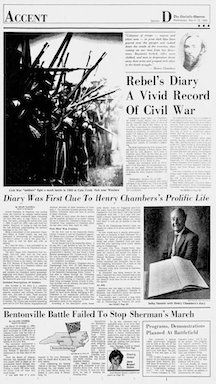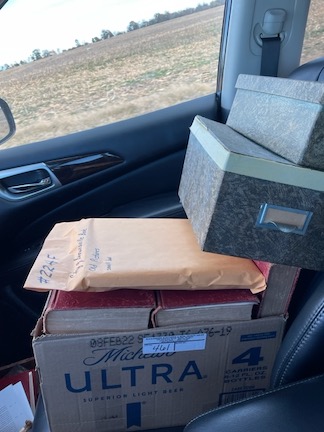
I recently purchased a collection of books and a few other things from an online auction of the estate of Lynn Shaw. Shaw was the Haywood County, Tenn. historian for many years and once showed me around the museum of the county’s history that he was instrumental in creating. You can read an old blog entry about that experience here.
One item of his I purchased, a folded-up map, was among some things Shaw had carefully preserved inside an archival box. It caught my eye because we recently launched an exhibit at Discovery Park called “The Fascinating World of Murray Hudson’s Globes and Maps.”
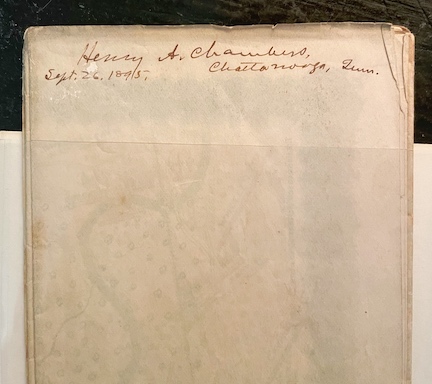
When I looked at the map a little more closely, I noticed something else that stood out; it is signed and dated on the back “Henry A. Chambers, Sept. 26, 1896, Chattanooga, Tenn.” I later found a letter online signed by Chambers. The handwriting does match, so I was able to confirm the legitimacy of the signature.
The original map is quite beautiful and features the Chickamauga Battlefield. According to the title in the upper right corner, it was sketched by J.C. McElroy of the Ohio Commission, who was a captain of the 18th Ohio Infantry. The map is dated 1895 and was produced by the Henderson-Achert-Krebs Lithograph Company of Cincinnati, Ohio. They are most known for producing lithograph posters for early breweries including Budweiser, Blatz and Anheuser-Busch.
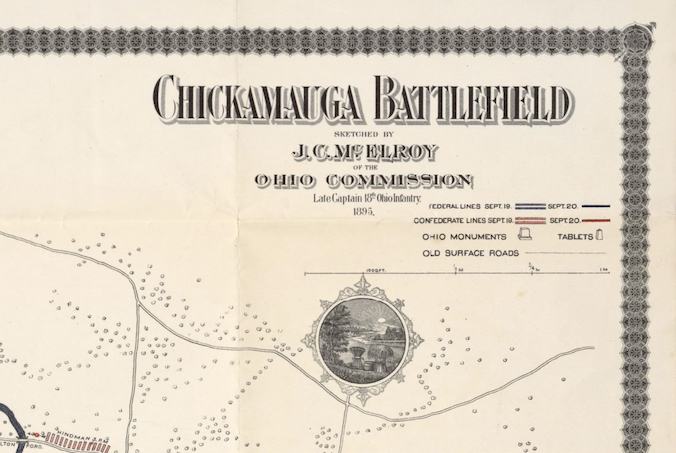
You can get a great look at the Chickamauga map in the digital collection of The Library of Congress here.
While I love Tennessee history, I’m not necessarily a Civil War buff, so I had to do a little Googling to find out more about that particular battlefield. The Battle of Chickamauga took place in September 1863 in northwest Georgia near the Tennessee border. Confederates fighting under Braxton Bragg defeated Union troops commanded by William Rosecrans. It is considered the bloodiest battle in the western theater of the Civil War.
Today, you can visit the site of the battle, now named the Chickamauga and Chattanooga National Military Park. Dedicated in 1895, it is the first and largest memorial Civil War battlefield.
After a little more online research, I discovered the map was originally included with a book, “The Battle of Chickamauga Historical Map and Guidebook” written by Joseph McElroy. McElroy eventually supervised the creation of 56 monuments that were erected at the military park to honor Ohio’s troops who fought in the battle.
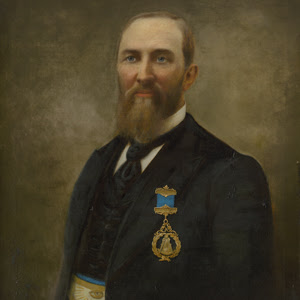
While the map is a great item in and of itself, knowing it once belonged to Henry A. Chambers makes it one of a kind and even more interesting. Chambers, a captain in the Confederate Army, was a native of Iredell County, North Carolina, and eventually became a lawyer, historian, legislator, member of the Tennessee House of Representatives and a United States Post Office agent. In 1878, he was assigned to New Orleans as a postal agent over Texas, Louisiana and Southern Mississippi. The University of North Carolina at Chapel Hill has a collection that includes Chambers’ diary, letters, speeches and business papers among other items.
I couldn’t help but notice, folder 24 contains his diary from 1896. Wouldn’t it be something if he mentions acquiring this map in his diary?
On March 13, 1985, The Charlotte Observer published a story about a book, “The Civil War Diary of Captain Henry A. Chambers” written by Selby Daniels. As the writer of the article pointed out, “Chambers’ diary of his Civil War experiences is especially important because it is considered to be among the most complete ever found.” The article also details Daniels’ detective work to locate and compile Chambers’ diary. Chambers died Nov. 18, 1925 at age 84 and was buried in the Forest Hills Cemetery in Chattanooga.

I don’t know how Lynn Shaw came to add the map to his collection, but he was an avid collector of Civil War memorabilia. According to his obituary, he established the local Sons of Confederate Veterans, Colonel W.L. Duckworth Camp and was a national commander of both the Sons of Confederate Veterans and Military Order of the Stars and Bars. He was also a member of the Society of the War of 1812, the Sons of the Revolution, and the George Washington Family Descendants. The obituary also notes Shaw was presented with the keys of the city in eleven Southern states and was an honorary Kentucky colonel and a lieutenant colonel, aide-de-camp in the state of Georgia. I gave the other archival items back to Beth Shaw Tripp, Lynn Shaw’s niece and present Haywood County historian. She purchased many of the items in the auction to keep them together so they can be made available for researchers looking for information at the Haywood County Museum.
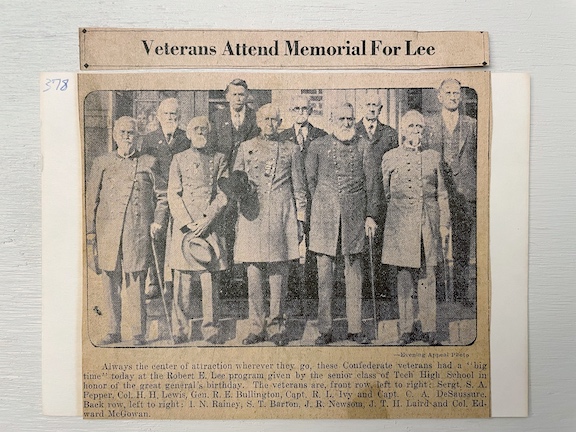
I took photos of a small assortment of the items Shaw archived, and you can check those out here.
Soon, I’ll have the map Shaw preserved of the Chickamauga Battlefield that once belonged to Henry A. Chambers hanging on the wall of my office as a reminder of the importance of caring for and preserving our history for future generations.
You can find more about my family lines and others at HaywoodCountyLine.com or read more blog posts about the history of West Tennessee on my blog page.

